You Have Arrived!
A well executed garden center entrance not only sets the tone of an emotional experience, it opens the minds and the wallets of your customers.
Captivating the interest of consumers begins outside of our physical business location when our marketing efforts engage with their brain via mediums such as word of mouth, television, radio, direct mail, email and now social media. Continuing that process, their arrival to our business location provides the opportunity to take them as they come (all weird and everything), or to separate them from their preoccupation with life happenings outside of our control. Our primary task from the outset is to awaken their consciousness to the experiences we are about to provide for them. The best experiences in life begin at the point of entry. This one is no different.
Life is Full of Surprises This We Can Predict
With us comes our baggage. We are in a hurry most of the time. We are preoccupied with what we are doing later today, or with what just happened. We are engaging, connecting or escaping. Sometimes we’re just lost and looking for directions. Just like us, our customers are on a journey either to accomplish or to escape something. They arrive at a business location with that baggage. You can bet on it.
The first thing we should do upon the arrival of our customer is to take command of the situation, while leaving them feel they are in control. This feels like it might not be a subtle distinction doesn’t it? You’re right; it is every bit overt and intentional but cannot be insensitive or confrontational. It just has to be played out correctly.
The Sense of Arrival
Anticipation is a great emotional tool. Don’t we all look forward to or anticipate a good time when we receive the invitation to a birthday party, or to meet good friends for dinner? This is what we also want for ourselves and our customers when we arrive at a value-added business destination, as opposed to a utilitarian “give me the stuff at a cheap price pile it high and watch it fly” type of a place. If we want a cheap shopping experience we know where to find it at the local strip mall or fast food restaurant, but if we want something special to happen, where do we go? Each of us has our own answer to that question. As a business, we can provide the answer for our customer, or we leave them wanting, and possibly finding it elsewhere.
Objectives: Engage, Captivate, Deploy
Engagement begins with the drive-by visual curb appeal as consumers are intrigued by the possibilities of what lies inside. Architectural distinction tells us what to expect whether it be the Golden Arches or Best Buy, which is important with known brands we encounter any one of thousands of places. With independent business, an exciting experience should begin with the first impression done so well that it also becomes a lasting impression. Captivating the customers’ imagination and stimulating their anticipation while not confusing them is our objective. For example, this is why the image of a greenhouse immediately evokes images of plants with their colors and fragrances we would expect to experience in there. Clarifying this expectation must immediately follow as they enter and find exactly what they expected to find.
As they approach the business, the question, “Where or how do I get in there?” had better be obvious enough that the thought does not even enter a consumer’s mind. We don’t have to even read the words “Best Buy” to know that we enter under the big yellow sign on the front of the building. There is no need to have a sign saying “enter here” if this is done really well. We also know where to park to be close to the entrance before we even leave the street. This happens by intentional design, and only rarely by chance.
The sense of arrival continues upon approach to the actual entrance to a building. The surfaces, sounds, aroma and visual stimulation can be engaging, or disappointing. If our first thought is that we hope the bathrooms are cleaner than the entry there is a good chance that our wallet will not be lightened much. On the other hand, if our senses are captivated and the worries of the world slip out of our consciousness, the size of our bank account or credit card limit is all that matters. The American Express card has already been pulled out of the wallet, emotionally speaking, and they had better accept it. The customer is enabled and deployed to fulfill our wildest cash register dreams. So where are the shopping carts?
Function and Form
Entries have a lot in common in all consumer experiences, however there is a logical limit to the functions that should occur in that space while reasonable minimum expectations are met. The biggest error is to fill up the “front porch” with merchandise, which immediately destroys the biggest opportunity for profit security. Anyone who thinks their customers and neighborhood are so nice that no one would ever steal from them is absolutely being robbed blind. If you are offending this rule of order, and are in denial hold on just a moment. Someday you will discover this is absolutely true. Look at your bank accounts and discover it now. Putting a bunch of merchandise outside is not only risky, but it is detrimental because it destroys the anticipation of the shopping experience. Yes, covering the front of a place with color will draw traffic and a crowd, but it is still not the overall best approach because of these downsides.
Entrances must provide functional conveniences such as a garbage can so we can rid our car of the clutter of a coffee cup, Coke can or an ash tray (yes, this is a reasonable expectation). Of course if these receptacles are overflowing our effort changes to a sour experience immediately. Smooth step-less surfaces don’t have to be fancy brick or stamped concrete, and certainly should not scream EXPENSIVE, however the feeling that the place is and will be in business should come across clearly. There are very few, but important don’ts such as DO NOT provide a “bull-dog” greeting bench for the grumpy husband to occupy where he can grumble about how his wife is emptying his bank account and spending his grandkids’ inheritance on the overpriced posies inside. A comfort station for such a person should be located in another place providing very little if any opportunity for such encounters.
Speaking of comfort stations, the restroom is ideally located near the entrance to accommodate shoppers upon arrival to any destination. If you send the arriving customer to the back of the store upon their arrival they will then miss the opportunity to comfortably shop half of your store. And again, the obvious presence of real shopping carts is essential.
Reducing glare or enhancing natural light is another function accomplished in this space as we adjust our eyesight from driving to walking to experiencing the surroundings and opportunity to engage with people and products. Shade cloth, window tinting, or how about real trees with leaves soften the eyes, while a careful approach to lighting can reduce the adjustment if and when your entry way is darker than the outside.
Once the basic functions are in order we might expect to have an emotional response that is at least “not negative.” Any attempt to mask unpleasant odors and sounds is a double negative. Figure out how to eliminate them or at least reduce them as much as possible by fixing the cause.
The slight aroma of coffee, vanilla, cinnamon or floral fragrance is seasonally appropriate. Light music that is loud enough to hear, but not so loud that it is obvious is a nice touch. Gentle tingling of wind chimes being blown with a soft fan breeze can be helpful. But remember, if you go overboard you end up in the drink.
Where Do I Go From Here?
A field of vision that allows us to find our way continues the seamless experience. Finding our way should be a self-guided experience, also so obvious that the question of “where should I go” never becomes a conscious thought. This begins with open transitional space, and one primary aisle that is wider than the rest, and preferably to the right just seems like where we should go. Resist the urge to be transactional in this space as it will be counter-productive. The first buying opportunity should be within view, but a few steps away so we can size it up and decide to put that first affordably priced compelling item impulsively in our cart.
Finally, an obvious expert, located somewhere within view will perhaps greet us and provide the answers to our questions and fulfill any immediate need for assistance.
Now we’ve committed to complete our self-guided way along the path until we arrive at the checkout, which, by the way should be adjacent to the entry, but not co-mingled or confused with it.
A Marketplace Advantage
Set the tone of your business with an obvious and functional entry that captivates the consumer.
The sense of arrival not only sets the tone of an emotional experience, it opens the mind and the wallet for a transaction in proportion to what we have earned by providing such an experience to occur. The difference created is that everything sold has a perceived value at least five to ten percent higher, which leads to profit dollars in the bank. Every dollar invested reasonably to create an appropriate entry experience is rapidly returned beyond question.



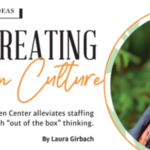


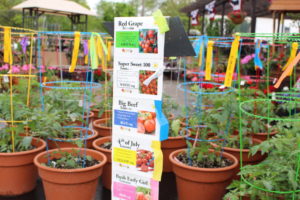


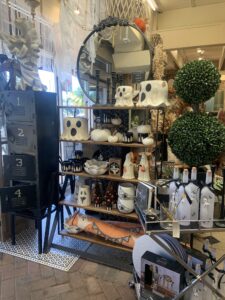
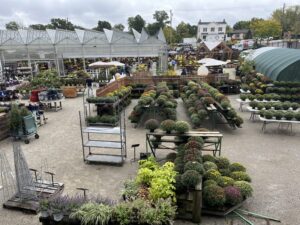
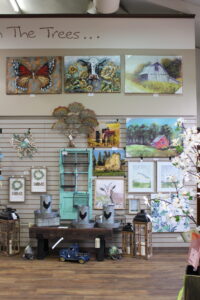

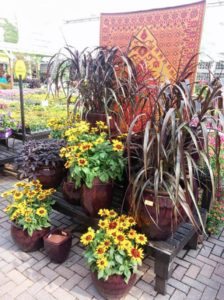
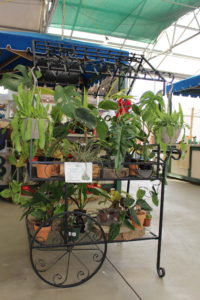

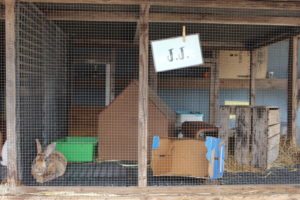
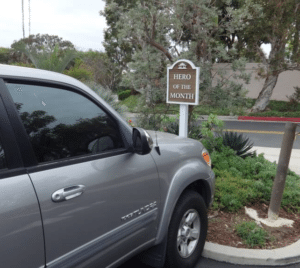
 Videos
Videos





